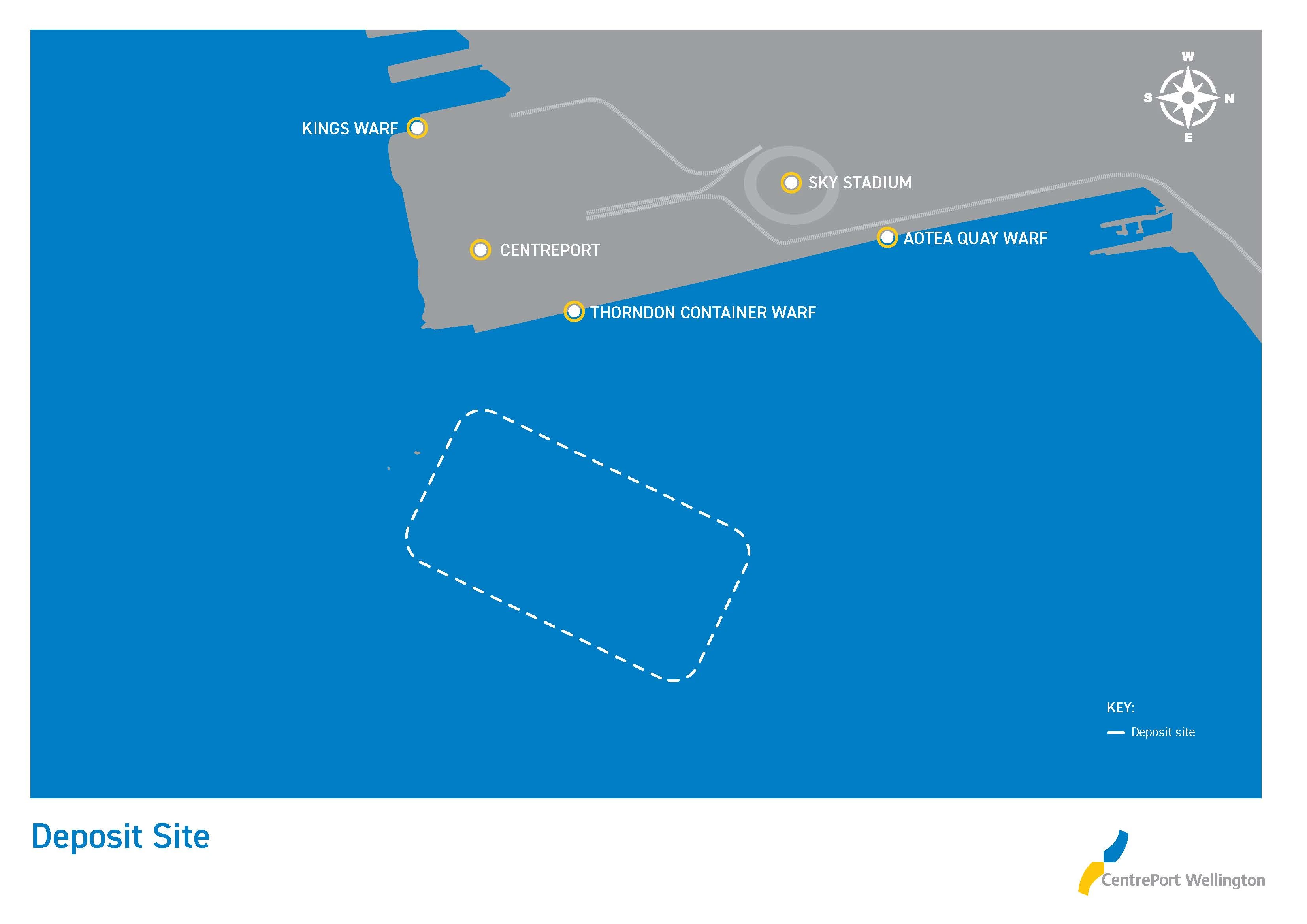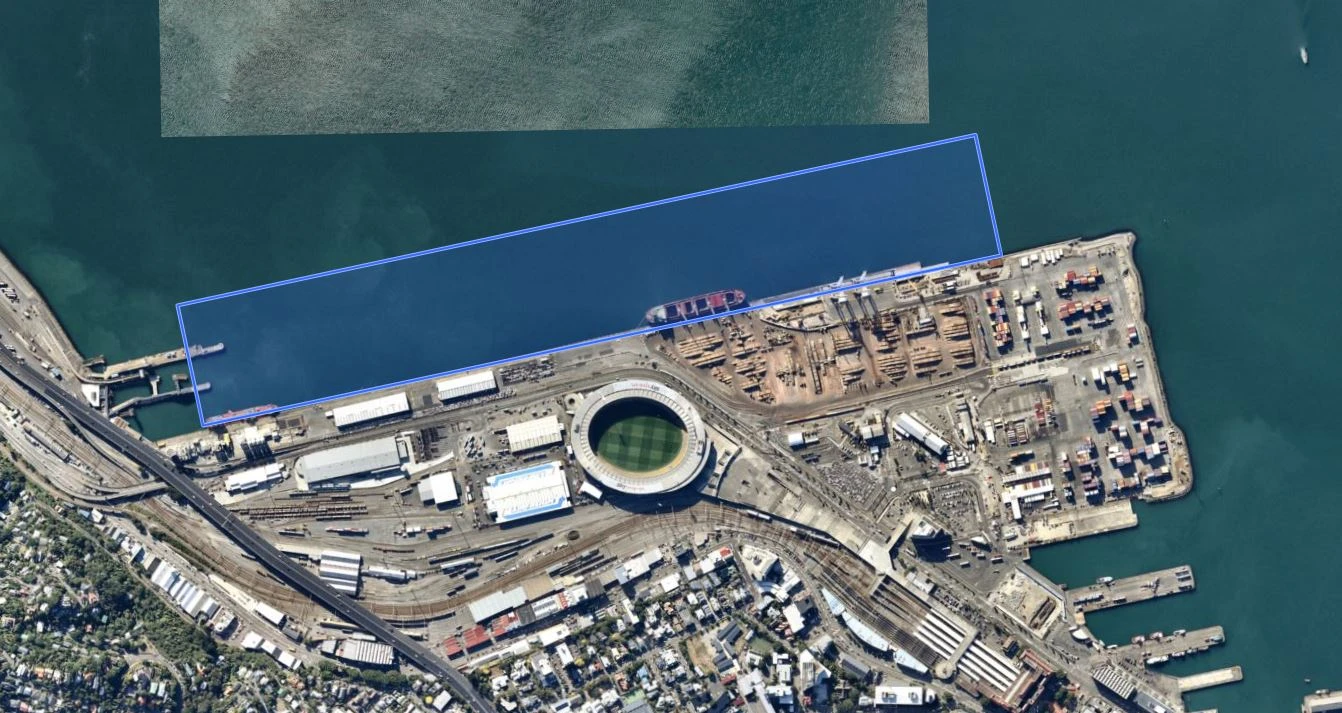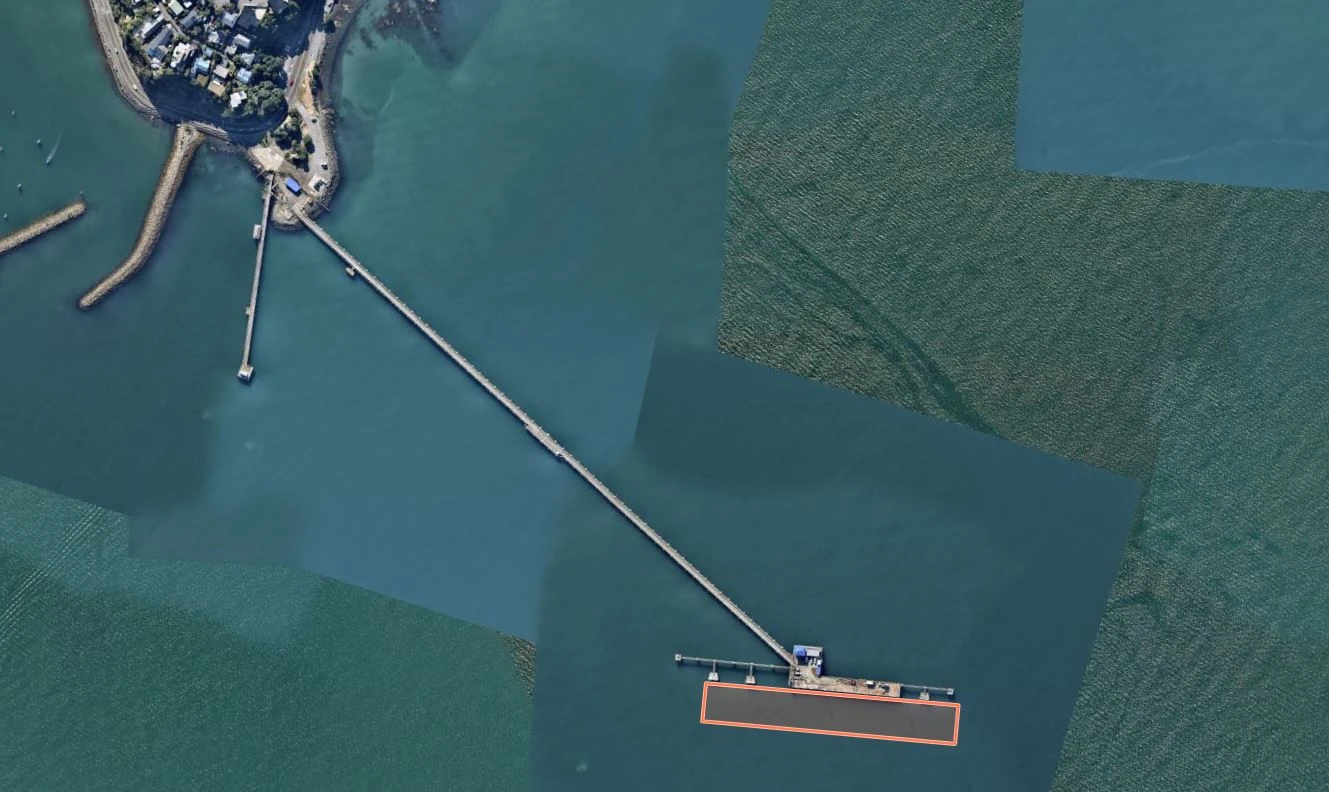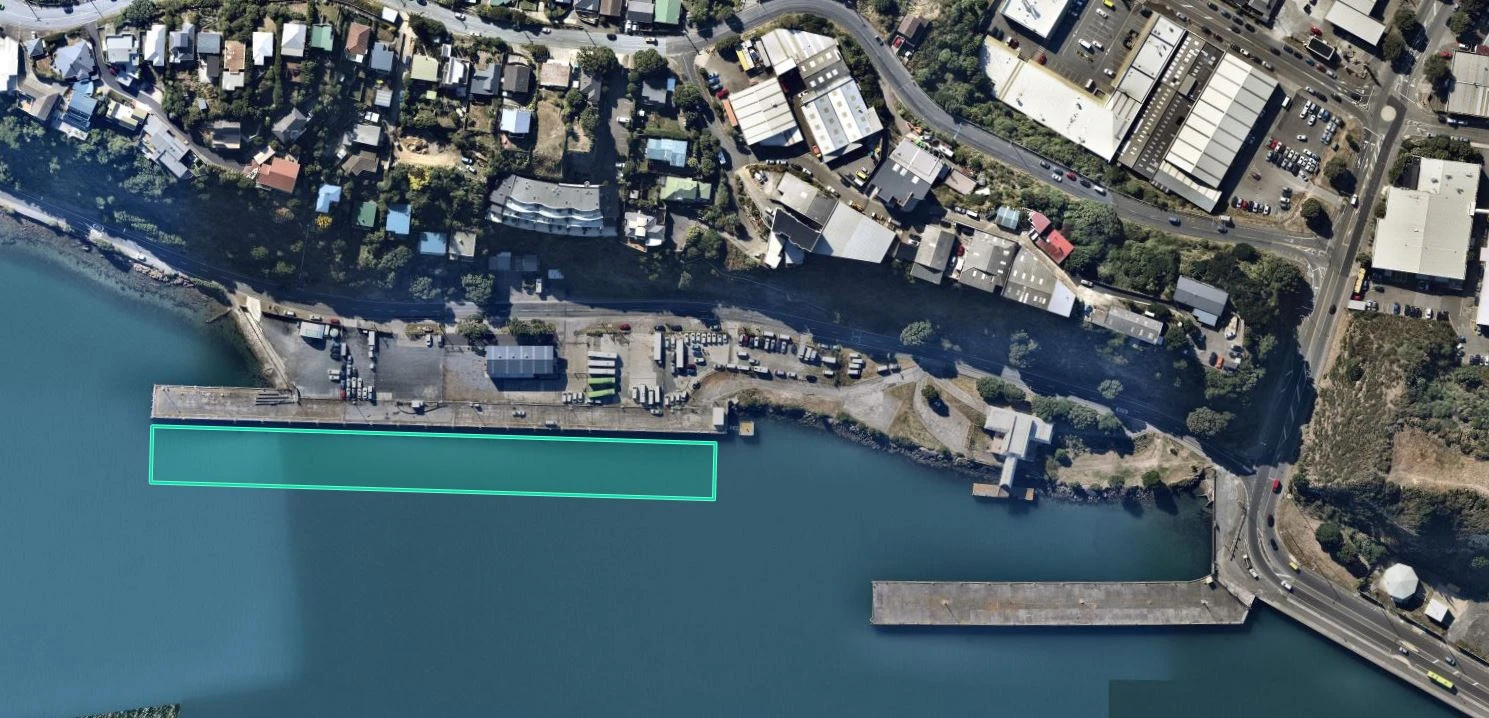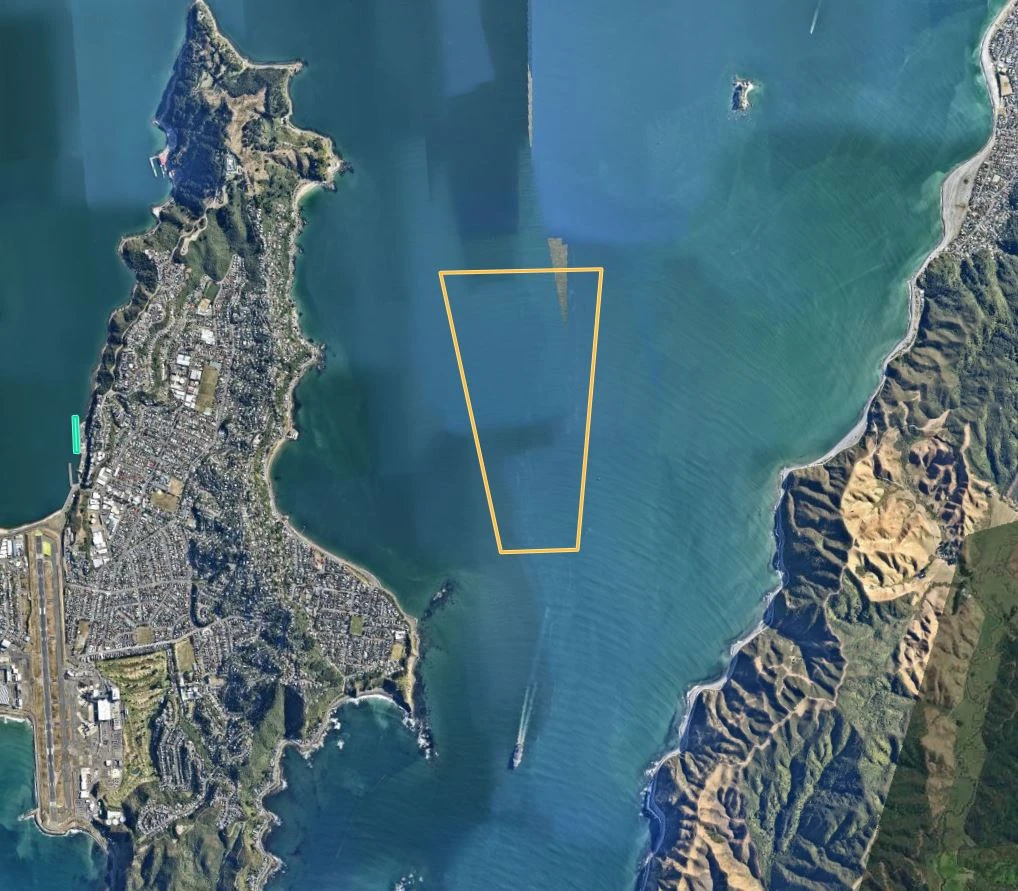CentrePort is undertaking maintenance to ensure there is sufficient depth for ships at some of its wharves, and making improvements to shipping channel safety on behalf of the Harbour Master.
The Dutch Dredging company vessel Albatros, seen in Wellington Harbour last year, returns to clear build-ups of sand in front of the Aotea Quay, and the Thorndon Container, Seaview and Burnham wharves.
The Albatros will be working in areas immediately in front of the wharves, known as ‘berth pockets’. The Harbour Master reminds recreational vessels to maintain a minimum 100m distance from the Albatros during operations.
Shipping movements and propeller wash create mounds of sand which needs to be removed to maintain necessary depths for safe and efficient movement of vessels.
The wharves all play vital roles for CentrePort and importers/exporters. Aotea Quay facilitates the movement of bulk cargoes such as logs and vehicles. Thorndon Wharf, home to CentrePort’s two large ship-to-shore cranes allows the movement of shipping containers. Seaview is where fuel for the lower North Island is offloaded, while all Wellington Airport’s aviation fuel goes through Burnham Wharf.
In addition, the Albatros will be doing work on behalf of the Harbour Master/Greater Wellington Regional Council (GWRC). It will be removing sand mounds at Falcon Shoals - an area of water between Seatoun and Eastbourne.
The removal of material at this site will enable greater separation of the inwards and outwards shipping channels, enhancing safety. This is acting on recommendations in a joint review by GWRC and CentrePort of navigation safety of the Wellington Harbour entrance conducted last year.
All the material removed by the Albatros will be deposited at a site off Thorndon Container Wharf. The site has been used previously for deposits and is done safely and without disrupting the environment.
Greater Wellington Regional Council has granted resource consent for the project covering areas such as care for the environment, maintenance of health and safety, and engagement with Te Whanganui a Tara iwi.
With over 7,000 commercial shipping movements per annum (including inter-island ferries, container vessels, fuel tankers, bulk cargo vessels), Wellington is the busiest shipping harbour in New Zealand.
The work covering the berth pocket clearance and shipping lane work is schedule for two weeks, beginning April 11.
| Site | Clearance depth to be maintained |
| Aotea Quay | 11.6m |
| Thorndon Container Wharf | 12.6m |
| Seaview Wharf | 11.8m |
| Burnham Wharf | 11.0m |
| Falcon Shoals for GWRC | 11.5m |


